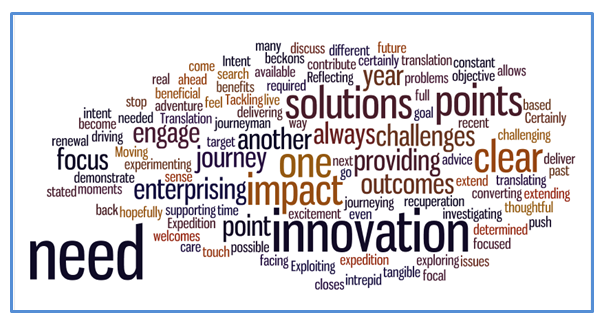I’ve been in a little bit of an innovation fog recently, I’m possibly losing orientation. I hear so much sound around me but it is becoming disorientating, I’m not sure where to tread. Am I heading in the right direction, or going off on a tangent, away from much that is “the place to be”.
The more I read, the less I understand, yet the more I read, the greater my awareness of innovation and all the mountains we have still to climb. It is a never-ending journey it seems, yet I’ve found I have pressed the pause button. I need some time to allow the fog to lift but can I afford too?
There is this increasing intensity of innovation wisdom being produced daily, you can just get utterly and totally all-absorbed in all the nuances, all that advice.
So much that is written is offering the ways forward on past approaches, highlighting where we are going wrong on past experiences, and in some cases providing the “cure all” simply all within one article based on their narrow view of the solution, set in a specific context.
It can bring you to a stand-still but much more than this, it can all be highly dangerous. Continue reading “The fog surrounding innovation is disorientating me”
